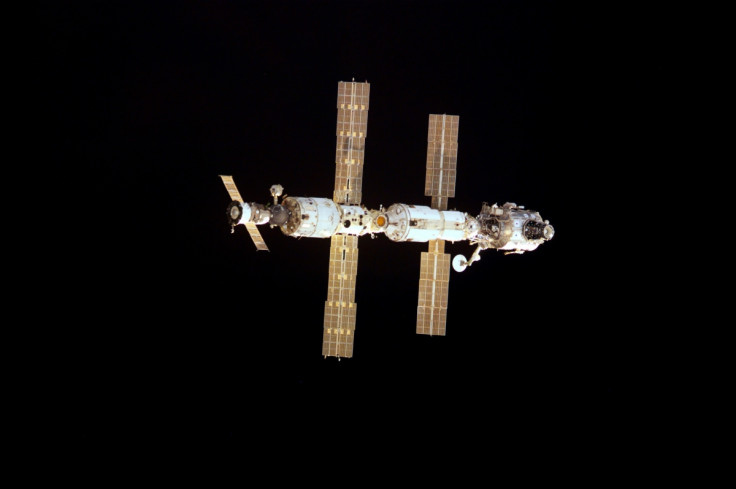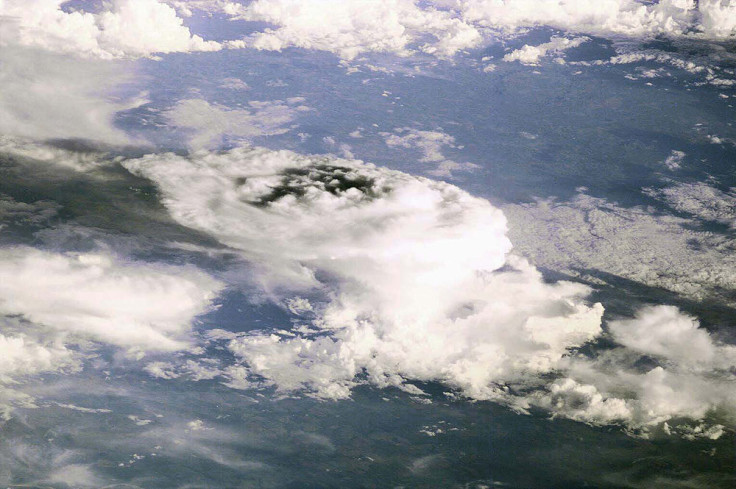ISS: The home above home for the past 15 years

The International Space Station (ISS) has crossed a milestone. It completed 15 years of human habitation as it orbits at 400km above Earth.
Placed in orbit in 1998, the ISS received its first residents on 2 November 2000 when American astronaut Bill Shepard and Russian cosmonauts Yuri Gidzenko and Sergei Krikalev travelling by a Soyuz capsule made contact with the docking port of the station's Zvezda Service Module at 3.21am CST when flying over the central portion of Kazakhstan.

The crew stayed on for 136 days and conducted 22 scientific investigations. Since then, the first man-made space outpost has been continuously occupied with at least two people on board, conducting experiments of various kinds. Around 220 people from 15 nations have visited the ISS so far. More than 180 spacewalks, around 1,760 research studies and over 1,200 scientific publications have resulted from the 15 years of stay, according to Nasa.

At present, the ISS has six members of the 45th expedition on board. They include American astronauts Scott Kelly and Kjell Lindgren, three Russians Mikhail Kornienko, Oleg Kononenko and Sergey Volkov, as well as Kimiya Yui of the Japan Aerospace Exploration Agency. A total of 191 scientific investigations will be conducted during Expeditions 45 and 46.
Travelling at a speed of 8km per second, orbiting the Earth every 90 minutes, the ISS measures 357 feet end-to-end and provides more livable room than a conventional six bedroom house, says Nasa. It was constructed after more than 115 space flights.

"I believe the station should be considered the blueprint for peaceful global cooperation," said Nasa administrator Charles Bolden in a statement celebrating 15 years of human habitation aboard the ISS.
"We do a lot of experiments up here, but I think the most important experiment is the space station as an orbiting vehicle that keeps humans alive in space for long periods of time," astronaut Scott Kelly told a news conference from the space station on Monday (2 November).
When he returns in March, Kelly would have completed 522 days in space. Russian cosmonaut Gennady Padalka, with 879 days, holds the record for most number of days spent in space.
Besides helping Nasa to commercialise low Earth orbit, studies on the ISS have helped develop technology to provide clean drinking water to arid regions. They have also contributed to drug development from research on protein crystals on board and helped execute remote ultrasound scans and eye surgery with space hardware.
Crucial insight into how to avoid bone loss, monitoring disasters, and understanding how the human body reacts to long-term spaceflight have been possible thanks to ISS. The space station is a crucial stepping stone to deep-space exploration with the astronauts conducting critical systems test for missions to Mars and beyond. Not to forget the daily pictures of the Earth from space!
Considering the wide range of experiments and the international collaboration, Bolden has proposed the ISS be considered for the Nobel Peace Prize.

© Copyright IBTimes 2024. All rights reserved.





